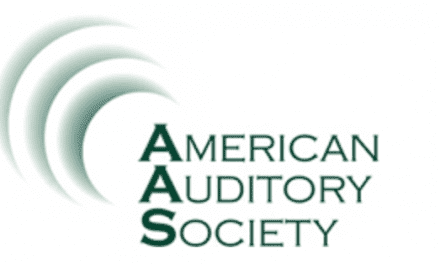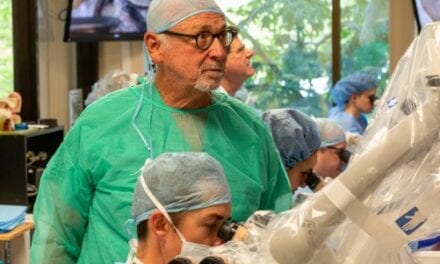WorkSafeBC is raising awareness about the risk of hearing loss in the service industry, and has alerted employers and workers with a new safety bulletin, the Canada-based worker’s support organization announced on its website.
Regular exposure to noise levels above 85 decibels (dBA) can cause permanent hearing loss in unprotected workers, yet studies have found pubs and nightclubs in Vancouver and Victoria regularly exceed that during a regular shift.
“Noise is a serious and widespread problem in many workplaces, and this includes the service industry,” said Dan Strand, director of prevention services at WorkSafeBC. “Our research has found that most service sector workers and employers are not aware of the risk of hearing loss in their industry.”
In addition to the safety bulletin, WorkSafeBC has several new online resources to raise awareness and understanding about noise-induced hearing loss, including three new videos: What Noise Does to Your Ears, Intensity and Duration of Noise, and How to Use Earplugs; and the recently publication: Preventing noise-induced hearing loss at work.
WorkSafeBC emphasizes that occupational hearing loss can be prevented if employers, supervisors, and employees work together to control noise exposure.
While hearing protection is key in the service industry, WorkSafeBC cautions that bartenders, servers, and other workers are often reluctant to use hearing protection because they believe it will make it difficult to communicate with customers. In fact, this is not the case.
Hearing protection devices protect workers, while still allowing them to hear clearly—usually even better than without them. WorkSafeBC notes that bartenders and servers should pick a style of hearing protection they like and that is most comfortable.
“Studies show that when noise levels reach 90 decibels or higher, hearing protection actually improves your ability to hear speech,” said Strand. “We need to change how we think about hearing protection in the service industry.”
Key Facts:
- If noise levels exceed 85 decibels over an eight-hour shift, employers are required by regulation to have a noise control and hearing conservation program. Key elements of such a program include noise measurement, hearing protection, and annual hearing tests for workers.
- Between 2008 and 2017, WorkSafeBC accepted 3,343 disability claims for noise-induced hearing loss in BC.
- Each year in BC, there are more than 2,000 hearing-loss claims where healthcare benefits are paid in the form of hearing aids and accessories.
Source: WorkSafeBC





